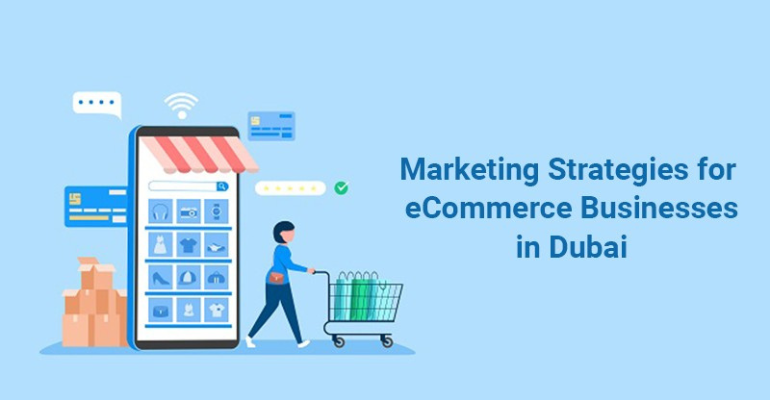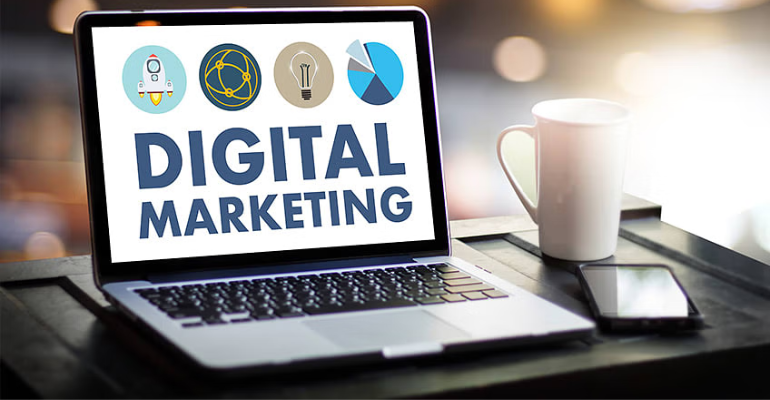Mastering the Craft of Content Creation: Scaling Success through Blogging
In the realm of content creation, the skill of blogging wields significant influence. Crafting compelling blog posts that captivate, inform, and entertain has become pivotal in navigating the digital landscape. However, the question persists: How does one master this craft at scale? How can we consistently generate top-tier content that resonates with our audience and propels us toward success?
Join us on this journey as we unveil the secrets of blogging at scale, uncovering techniques and strategies that will transform your content creation process into a finely tuned engine. So, fasten your seatbelts and prepare to unleash your inner wordsmith as we explore the art of mastering content creation.
The Significance of Content Creation
Content creation stands as the lifeblood of any triumphant digital marketing strategy. Its role in drawing and engaging audiences, steering website traffic, and elevating brand awareness is pivotal. Here’s why content creation is indispensable:
Brand Visibility: Consistent publication of high-quality content positions your brand as an authoritative voice, enhancing search engine visibility and boosting organic website traffic.
Audience Engagement: Compelling and pertinent content not only attracts but also captivates your target audience. Keeping them engaged encourages interaction and sharing, thereby expanding your reach.
Lead Generation: Crafting valuable content builds trust with your audience, facilitating lead generation and conversion into loyal customers.
SEO Impact: Fresh, informative, and keyword-rich content aids search engines in comprehending your website better, ultimately improving its ranking and visibility in search results.
Competitive Advantage: Regular content creation distinguishes you from competitors, showcasing your expertise and unique value proposition.
Decoding Blogging at Scale
Start for free
Blogging at scale involves the creation and management of a substantial volume of blog content. This includes regular production of blog posts, often with multiple contributors. Efficient planning and organization are paramount to maintain content consistency and quality. This may entail setting up an editorial calendar to schedule topics and allocate resources. The use of a content management system streamlines the process, facilitating collaboration and workflow management. Optimization of blog posts for search engines and promotion through various channels are integral to blogging at scale. Success in scaling blogging efforts hinges on monitoring analytics and understanding audience preferences to refine content strategies, leading to the establishment of brand authority, thought leadership, and organic traffic.
Crafting a Content Strategy
Understanding Your Audience
The linchpin to creating resonant content lies in understanding your audience. Delve into their demographics, behaviors, and preferences using tools like Google Analytics and social media insights. Pay heed to comments and feedback, deciphering what resonates with them. With a profound comprehension of your audience, craft content that authentically engages and connects.
Setting Clear Goals
Crucially, define your goals to align content creation with overarching business objectives. Identify specific results such as increased website traffic, lead generation, or heightened brand awareness. Break down goals into measurable, time-bound targets. Effectively communicate these goals to your content team, ensuring a united effort towards a common objective. Regularly track and analyze progress, making adjustments for optimization.
Identifying Relevant Topics
The cornerstone of high-quality content is identifying pertinent topics. Leverage keyword research tools to gauge popularity and competitiveness. Stay attuned to industry trends using social listening tools. Combining keyword research with current trends ensures content remains relevant and engaging.
Crafting High-Quality Content
Crafting Engaging Headlines
Initiate with a compelling headline that grabs attention and provides a clear idea of your content. Utilize subheadings to break content into digestible sections, enhancing navigation. Maintain concise paragraphs with white space for improved readability. Utilize bullet points or numbered lists for easy comprehension. Incorporate relevant images to enhance content and conclude with a clear call to action. Consistency in structure ensures an engaging reading experience.
Incorporating Visual Elements
Visual elements are pivotal for engagement. Relevant images and infographics improve the impact and convey complex information efficiently. Incorporating videos further enhances the interactive experience. Optimize visual elements for mobile users, staying in tune with evolving content consumption trends.
Streamlining the Content Creation Process
Building an Efficient Workflow
Optimize content creation by setting clear goals, breaking tasks into manageable chunks, and avoiding multitasking. Focus on one task at a time, maintaining workflow momentum. Regular communication and collaboration with the team are crucial. Streamline using automation tools and templates to save time. Continuously analyze performance metrics for optimization.
Leveraging Content Templates
Content templates act as frameworks, ensuring consistency in formatting and style. They allow focus on content creation rather than formatting. Choose from various templates to tailor content to specific needs and audiences.
Using Content Creation Tools and Software
Content creation tools and software significantly enhance the process. They offer features for writing, editing, designing, and sharing content. These tools, often equipped with templates and graphics, ensure consistent brand image and improved workflow efficiency.
Ensuring Consistency across Blog Posts
Establishing Brand Guidelines
Brand guidelines are pivotal for consistency and a robust brand identity. Define rules for visual elements, voice, and messaging. Clearly outline brand colors, fonts, logo usage, and tone of voice. This safeguards against misuse and reinforces control over messaging.
Implementing Style and Tone Consistency
Consistent style and tone are imperative for brand identity and reader engagement. Define brand personality traits and voice. Develop a style guide outlining language, grammar rules, punctuation usage, and formatting guidelines. Regularly train content creators on tone and style. Utilize tools like grammar checkers for adherence and establish a feedback loop for improvement.
Creating an Editorial Calendar
An editorial calendar is indispensable for effective content marketing. Identify goals, target audience, and brainstorm topic ideas. Establish a realistic publishing schedule, allocating resources. Use tools for mapping out content ideas, deadlines, and assigned team members. Include various content formats for diverse preferences. Regularly review and refine the editorial calendar.
Optimizing Content for SEO
Keyword Research and Optimization
Crucial to any successful content strategy is keyword research and optimization. Identify relevant words and phrases aligned with your audience’s searches. Strategically incorporate these keywords into content for improved search engine results. Focus on relevance and user intent, optimizing content naturally for genuine value.
Writing Meta Tags
Craft meta tags with clarity and relevance. Keep them concise, preferably within 160 characters, accurately reflecting content. Include keywords relevant to the topic. Write unique meta tags for each page to optimize search engine visibility.
Optimizing Images and Other Media
Optimize media assets for a seamless user experience. Compress images for faster loading times. Resize images appropriately, avoiding bandwidth waste. Implement lazy loading for below-the-fold media. Choose appropriate image formats, provide descriptive alt text, and compress videos for improved website performance.
Measuring and Analyzing Results
Tracking Key Metrics
Crucial to content strategy success is tracking key metrics. Align metrics with objectives such as pageviews, social media mentions, or organic traffic for improved brand awareness. Utilize analytics tools for data on audience demographics, engagement rates, and conversion rates. Regularly analyze trends for audience resonance and adjust strategies accordingly.
Analyzing Content Performance
Effectively gauge content effectiveness through performance analysis. Identify key metrics like pageviews, time spent on page, bounce rate, or social shares. Utilize web analytics tools for deeper insights into conversions, click-through rates, or lead generation. Regularly experiment and optimize based on patterns, ensuring continuous improvement.
Mastering Content Creation at Scale
Creating high-quality content at scale demands a delicate balance between quality and quantity. Key considerations include:
Consistent Brand Voice: Establish and maintain a consistent brand voice for easy recognition.
Clear Content Guidelines: Develop clear content guidelines to uphold consistency and align creators with brand expectations.
Efficient Workflows: Streamline content creation processes with efficient workflows, utilizing project management tools for collaboration.
Outsourcing and Automation: Consider outsourcing and automation for repetitive tasks, ensuring focus on high-value content creation.
Data-Driven Decision Making: Leverage data for insights into content performance and audience preferences, tailoring strategies for maximum impact.
Wrapping Up
This exploration delves into the essential aspects of successful content creation at scale through blogging. Emphasizing a well-defined content strategy and consistent adherence, the article underscores the value of quality over quantity. Focusing on audience understanding, effective planning, and leveraging various content creation tools play pivotal roles in achieving success.














